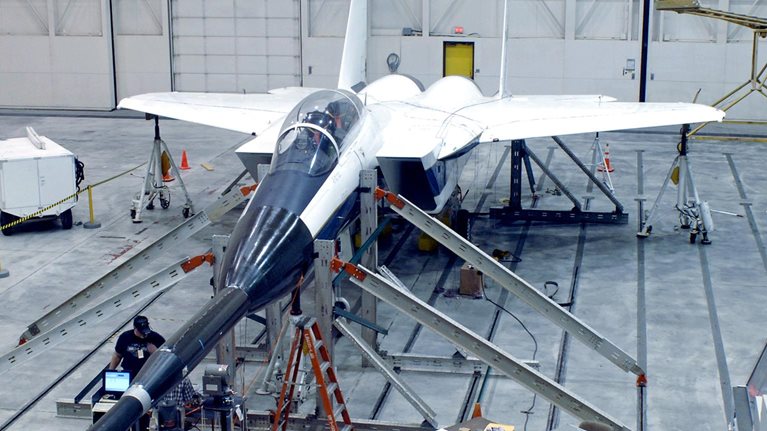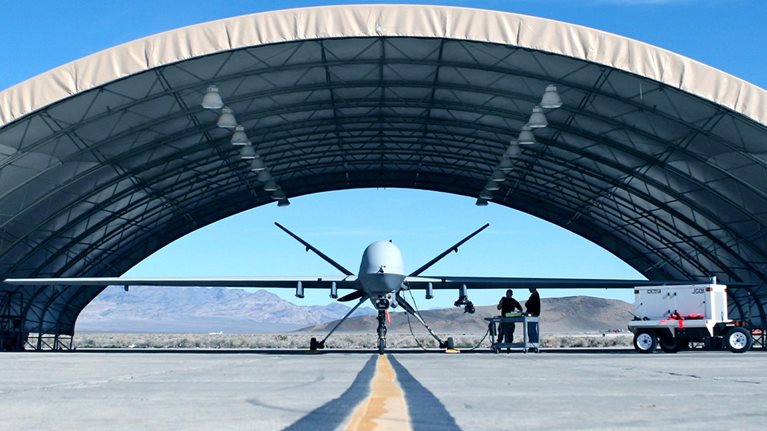Inflation in the United States continues to be well above the historic average for the past two decades, with the consumer price index at 7.7 percent and the producer price index reaching 8.0 percent (10.5 percent for goods and 6.3 percent for services) in September 2022. Many companies, including defense organizations, are now under extreme cost pressures as the prices for raw materials and other goods increase.
The US Department of Defense (DOD) has issued guidance indicating that suppliers operating under firm-fixed-price (FFP) contracts will continue to bear the impact of upward pricing. Contracting officers do have some flexibility to offer relief, generally to small businesses, through pricing or schedule amendments. But even with these measures, the costs for manufacturing inputs remain persistently high, and defense companies are under pressure to prevent further margin erosion.
In the two previous articles in this series, we analyzed defense contractors’ exposure to inflation and described the cross-functional integrated profit management (IPM) approach that can help companies manage cost pressures. With IPM, different functions collaborate on various activities, including pricing, sourcing, program and product management, and contracting, to address the impact of inflation.
This article provides a strategy for helping companies implement and sustain IPM and other procurement activities that will produce lasting benefits, even when inflation returns to more moderate levels (exhibit). By managing inflation-driven costs through this approach, defense companies can help the DOD preserve its buying power when ordering goods and services. Supporting DOD in executing its core national-security mission is critical for citizens in the United States and abroad.

Implementing IPM, with a focus on pricing and go-to-market strategy
IPM requires cross-functional teams to hold regular huddles rather than working in isolation as they develop strategies to mitigate the effects of inflation. Some of the most important activities that these teams undertake will involve cross-value-chain levers that go far beyond conventional price setting. For instance, teams might create more detailed cost estimates for inputs or undertake analyses to determine if cost escalation estimates should be higher in a project’s later years.
Cross-functional teams might also implement cost reduction levers during contract negotiations. Creating contracts with economic-price-adjustment clauses that call for a pricing review at up-front billing milestones might be especially helpful if teams are negotiating for products that are experiencing supply chain issues and have suddenly become more difficult and costly to obtain.
Other IPM strategies that cross-functional teams might implement include the following:
- applying levers that enable rapid, data-based decision making by providing better competitive intelligence and insights that help companies develop a strong price-to-win strategy
- updating estimates for existing programs before future awarding of lots
- reevaluating component and system designs during the request-for-proposal phase of procurement to ensure that the pricing accurately reflects the scope of work
As defense companies revise their go-to-market strategies, they might benefit from developing a tailored approach for each customer. First, however, they will need to create more transparency about their profitability levels and the specific levers that they can apply during execution.
Topics that will need attention include the contract mix for ongoing projects, their recent financial performance, and the extent to which they may be able to negotiate with suppliers. New dashboards may help provide insights, especially if they are combined with existing earned-value-management systems, a review of the sales of commercial or nonprogrammatic items, and competitive intelligence.
Increasing efficiency in the procurement function
Defense organizations’ procurement functions may also reduce risk and increase resiliency by creating transparency about inflation exposure within priority spending categories. If procurement staff understand the impact of specific input costs within the bill of materials, as well as the price-related trends, they can bring an informed fact base to supplier negotiations. It may be especially beneficial to consolidate procurement data for all projects into a single database to get the most accurate picture of cost trends for specific parts, suppliers, and material categories.
Other procurement levers might include the following:
- taking steps to manage demand and develop better strategies for contracting with existing suppliers to help ensure that prime contractors do not bear the complete burden of increased costs
- expanding the supplier base whenever possible to hedge against unexpected disruptions and building inventory to mitigate the effect of potential price increases
- improving order economics and introducing redundant sources of supply to make the procurement group into a strategic partner for all functions rather than simply a cost-cutting organization
- examining all areas of procurement spending, including indirect spending, which often gets overlooked despite the potential for big cost savings when companies comprehensively address issues related to demand, specifications, and compliance levers
- digitizing the sourcing process and automating the procure-to-pay process to allow companies to redeploy procurement resources to more strategic activities, such as competitive bidding and negotiations
An improved procurement strategy can confer multiple benefits, including reduced price pressure and a lower total cost basis, which will help companies be more competitive when contending for future contracts. Further, companies may gain an advantage by leveraging dashboards and other tools that track purchasing performance on key metrics. Those can help procurement leaders manage their organizations as strategic partners, down to the individual commodity buyer level.
Coordinating and sustaining results through a cost control tower
Some defense companies are now using cost control towers (CCTs), which have long been common in other industries, to optimize cost reductions, improve program performance management, and sustain cost reduction efforts. They serve as a central hub for any company-wide efforts to contain expenses. In keeping with IPM principles, CCTs include cross-functional leaders who work together on specific programs, including those related to inflation. By establishing a single source of truth for all core data inputs, CCTs facilitate progress and help companies focus their spending on the most critical and urgent items.
Ideally, CEOs will fully support the creation of CCTs, delegate ownership of cost control efforts to them, and give CCT leaders a direct line to CEOs if any issues arise that need top-management attention. Once CCTs are up and running, they will reduce or eliminate many common cost issues, giving CEOs more time to devote to strategic planning.
Expecting prices to remain stubbornly high, defense leaders might decide to go far beyond making incremental improvements in day-to-day activities and instead take a more comprehensive, forward-looking approach that combines IPM with innovative procurement strategies. If successful, defense companies could reduce costs and preserve cost performance, even if they have a large number of FFP contracts that limit their options for reducing costs.
Equally important, procurement functions can help defense companies serve as strategic partners to the DOD in delivering on its core security mission and preserve buying power. The new IPM and procurement strategies should become a permanent part of operations at defense companies, even if inflation subsides, since they may convey lasting benefits in all circumstances.

